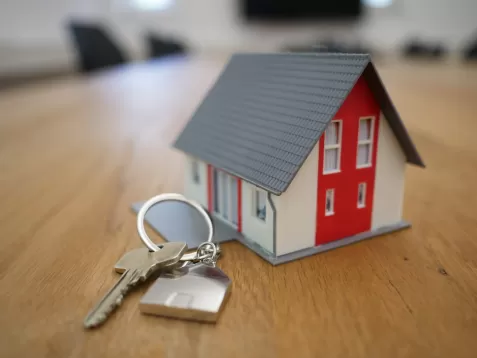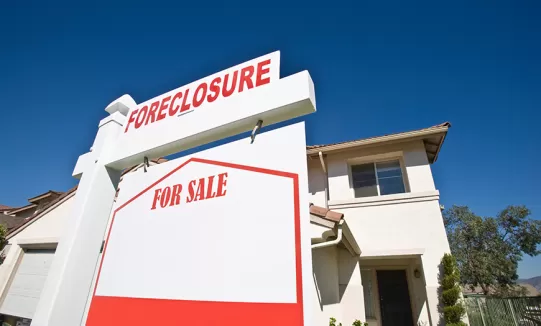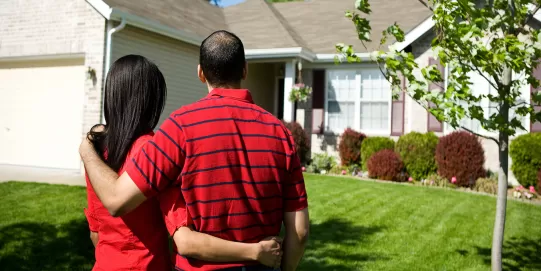As you may have heard, the Federal Reserve (aka the Fed) bumped up its benchmark interest rate in December 2016—something that’s only happened twice since the financial crisis began in 2008. Granted, it’s only a quarter of one percent, but it’s an increase that can be felt in many ways.
Here, we’ll take a look at some of the ups and downs of this latest rate hike, and what is expected in the near future.
First, Econ 101
(If you want to get to the ‘what’s in it for me’, you have our permission to skip to the next section—just this once.)
The reason a rate increase or decrease might be necessary is to help control inflation. Basically, it’s a balancing act between the two. So when interest rates are low, people have more borrowing power, which in turn means they typically have more money to spend. A rate increase can be expected when the economy is stable and unemployment is low, much like the current economic environment (hence, the recent rate hike). A rate increase helps keep inflation at bay.
Conversely, in tumultuous economic times, the Fed may decide to drop interest rates (like they did during the Great Recession) in order to encourage borrowing, spending and investment, all of which helps spur the economy.
The Good
As scary as a rate increase sounds (especially if you are in the market for a new home), it is not all bad. For starters, it’s a signal that the economy is strengthening and unemployment is relatively low. Those are two of the main criteria that the Fed uses to gauge when a rate adjustment is warranted.
If you’re an investor at any level (think CDs or even savings accounts), rising interest rates can be a good thing.
The Bad
Now, for the downside. If you are in the market to buy a home, an increase in the Fed’s benchmark interest rate is a big deal. After all, a home is the biggest purchase most people will make in their lifetime, so even a small interest rate increase on a big chunk of change adds up.
In December 2016, The New York Times published this example of how an increased rate could affect you: “The average interest rate on a mortgage this month is 4.3 percent, according to LendingTree, and the average loan on a 30-year, fixed-rate mortgage is worth about $237,000. If the borrowing rate were to rise by, say, another percentage point in the coming year, this would mean an additional $138 a month on the average mortgage — leading to nearly $50,000 in added interest over the duration of the loan.”
That’s a lot of clams.
The ‘Buy Now’
Even with the recent rate hike, interest rates are still near historic lows. However, they’re not projected to stay there. Federal Reserve officials have predicted to raise rates three times in 2017, but said they’d raise rates even more often if the economy grows faster than expected.
What does this mean to you, a potential homebuyer? Buy now. Find a lender. Find an Agent. Make your list of wants and needs. Start shopping. And get crack-a-lackin’. You can buy more house today than you’ll be able to the next time the Fed decides to raise interest rates. And if you qualify for Home Is Possible, Home Is Possible Plus, Home Is Possible For Heroes, Home Is Possible For Teachers and/or the Mortgage Credit Certificate, more (buying) power to ya!


